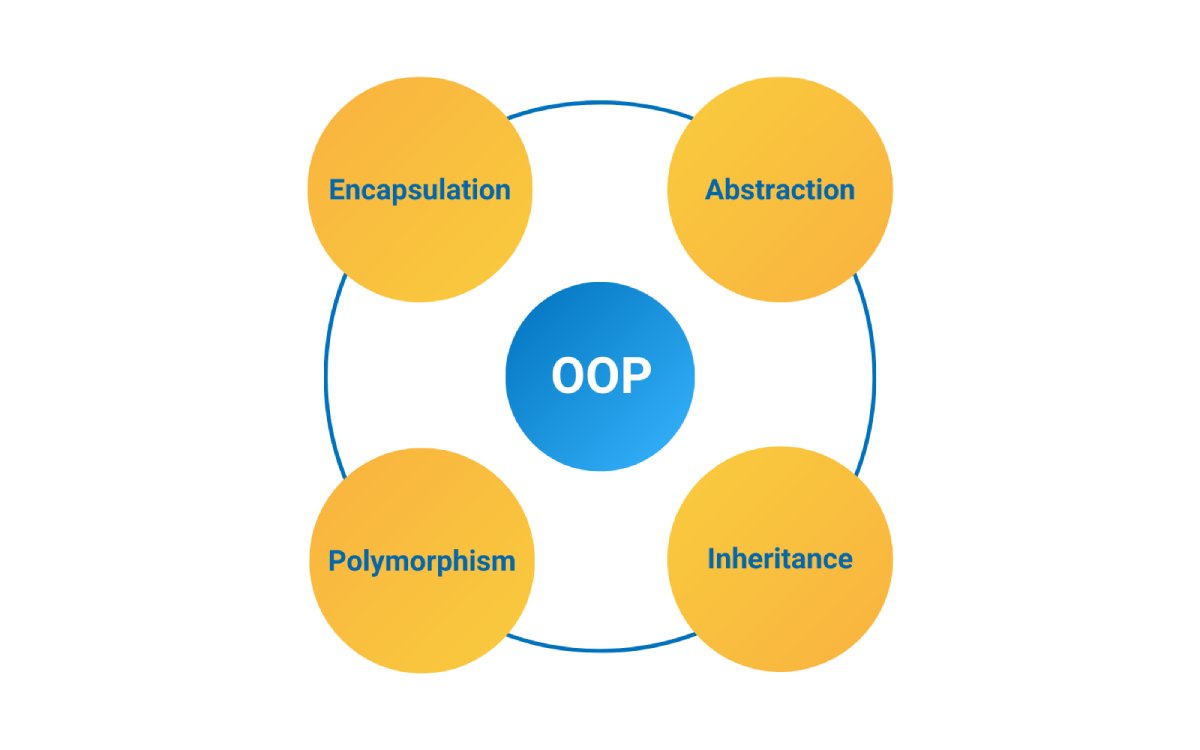Code reviews are a crucial part of the software development process. They ensure code quality, enhance collaboration, and facilitate knowledge sharing within a team. This article aims to provide a comprehensive guide on conducting effective code reviews that align with company expectations and benefit both the reviewing engineer and the developer whose code is being reviewed.
Understanding the Purpose of Code Reviews
Before diving into the specifics, it’s essential to understand the main objectives of code reviews:
- Code Quality: Ensuring the code meets the company’s standards for quality and maintainability.
- Bug Detection: Identifying potential issues or bugs before the code is merged into the main codebase.
- Knowledge Sharing: Promoting knowledge transfer among team members.
- Consistency: Maintaining a consistent coding style across the codebase.
- Learning Opportunity: Providing a platform for developers to learn from each other.
Preparing for a Code Review
Preparation is key to an effective code review. Here are steps to prepare;
1. Establish a Code Review Checklist
A checklist helps ensure that all important aspects are covered during the review. Items on the checklist may include:
- Adherence to coding standards
- Proper documentation and comments
- Code readability and simplicity
- Correctness of logic and algorithms
- Performance considerations
- Security implications
- Test coverage and quality
2. Understand the Context
Before reviewing, understand the context of the changes. Read through any associated documentation, user stories, or requirements. This will help you understand the purpose and scope of the code changes.
3. Allocate Sufficient Time
Allocate enough time to perform a thorough review. Rushed reviews often miss critical issues. The complexity of the changes should dictate the amount of time required.
Conducting the Code Review
During the review, focus on the following areas:
1. Code Quality and Style
- Adherence to Coding Standards: Ensure the code follows the company’s coding standards and style guidelines.
- Readability: The code should be easy to read and understand. Look for meaningful variable names, consistent indentation, and clear structure.
- Comments and Documentation: Ensure the code is well-documented, especially for complex logic or algorithms.
2. Functionality and Logic
- Correctness: Verify that the code performs the intended functionality correctly. Check the logic and algorithms for any errors.
- Edge Cases: Consider edge cases and error conditions. Ensure the code handles these scenarios gracefully.
- Testing: Check that the code includes appropriate unit tests and that these tests cover all relevant cases.
3. Performance and Optimization
- Efficiency: Look for any performance bottlenecks or inefficient code. Suggest optimizations if necessary.
- Resource Management: Ensure proper management of resources such as memory and file handles. Check for potential leaks or unnecessary usage.
4. Security
- Vulnerabilities: Identify any potential security vulnerabilities in the code. Ensure that data is properly validated and sanitized.
- Access Control: Verify that access controls and permissions are correctly implemented.
5. Usability and Maintainability
- Future-Proofing: Ensure the code is maintainable and scalable. Consider if the code will be easy to modify or extend in the future.
- Modularity: Check for proper modularization. Code should be divided into small, reusable, and independently testable units.
Providing Constructive Feedback
Providing feedback is a delicate part of the code review process. Here’s how to do it effectively;
1. Be Respectful and Positive
- Respectful Tone: Use a respectful and friendly tone. Avoid making personal comments.
- Positive Reinforcement: Start with positive feedback. Highlight what the developer did well before pointing out areas for improvement.
2. Be Specific and Actionable
- Specific Feedback: Be specific about what needs to be changed and why. Avoid vague comments.
- Actionable Suggestions: Provide actionable suggestions for improvement. Offer examples or alternatives if possible.
3. Encourage Discussion
- Open Dialogue: Encourage open dialogue and be open to the developer’s perspective. There might be reasons for certain implementation choices that you are unaware of.
- Collaborative Approach: Frame feedback as a collaborative effort to improve the code, rather than a critique.
Post-Review Actions
After the review, ensure the process is completed effectively;
1. Follow-Up
- Review Changes: Review the changes made in response to your feedback. Ensure all issues have been addressed adequately.
- Continuous Improvement: Use feedback from reviews to continuously improve the review process itself.
2. Document Learnings
- Knowledge Sharing: Document any important learnings or patterns identified during the review. Share these with the team to prevent similar issues in the future.
- Update Guidelines: If necessary, update coding standards or guidelines based on recurring feedback or issues.
Company Standards and Personal Growth
While company standards and guidelines can vary significantly and are often tailored to match the product and the company’s culture, conducting thorough code reviews that sometimes go beyond these expectations is crucial for personal growth and development.
Company Standards
- Tailored Guidelines: Each company will have its specific coding standards and guidelines reflecting its unique product requirements and cultural values. Adhering to these standards ensures that the codebase remains consistent and aligns with company objectives.
- Flexibility: Companies may have different levels of flexibility in their guidelines. Understanding and adapting to these variations is essential for effective code reviews.
Personal Growth Beyond Company Standards
- Broadening Horizons: Engaging in comprehensive code reviews that include aspects not strictly required by company guidelines helps broaden the developer’s skill set and understanding.
- Critical Thinking: Going beyond the basics fosters critical thinking and encourages developers to consider additional factors like scalability, advanced optimizations, or innovative design patterns.
- Professional Development: By addressing a wider range of concerns, developers can continuously improve their abilities, making them more versatile and valuable team members.
Benefits to the Reviewing Engineer and Developer
For the Reviewing Engineer
- Skill Enhancement: Reviewing code enhances your understanding of different coding styles, techniques, and patterns.
- Broader Perspective: Exposure to different parts of the codebase broadens your knowledge and understanding of the overall system.
- Mentorship Experience: Providing constructive feedback helps develop mentorship and leadership skills.
For the Developer
- Learning Opportunity: Receiving feedback helps improve coding skills and learn new techniques.
- Improved Code Quality: Incorporating feedback leads to higher-quality code.
- Confidence Boost: Positive reinforcement and constructive feedback build confidence and encourage continuous improvement.
Conducting effective code reviews is a skill that benefits both the individual and the organization. By following a structured approach, focusing on key areas, and providing constructive feedback, you can ensure that code reviews are productive and beneficial for everyone involved. Remember, the goal is to collaborate and continuously improve, fostering a culture of quality and excellence in software development.




